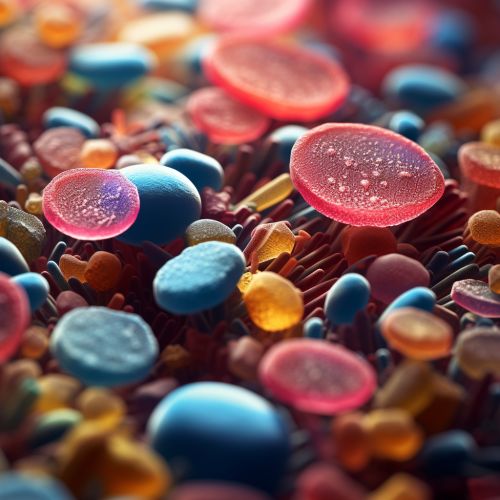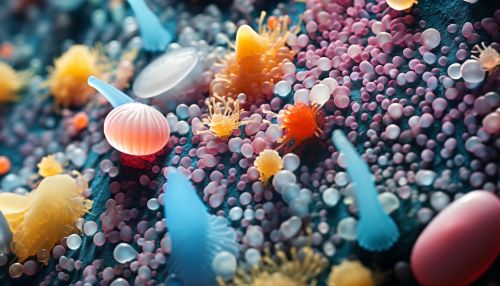Microorganisms
Introduction
Microorganisms, or microbes, are microscopic entities that are too small to be seen with the naked eye. They are a diverse group of organisms that include bacteria, archaea, viruses, fungi, protozoa, algae, and prions. Microorganisms are ubiquitous, found in every habitat on Earth, and play crucial roles in Earth's biogeochemical cycles.


Classification and Types of Microorganisms
Microorganisms are classified into several major types based on their cellular structure, metabolism, and mode of reproduction. The primary groups are bacteria, archaea, viruses, fungi, protozoa, algae, and prions.
Bacteria
Bacteria are single-celled organisms that lack a nucleus and other organelles. They are classified into several groups based on their shape, including cocci (spherical), bacilli (rod-shaped), and spirilla (spiral). Bacteria play essential roles in various ecological processes, including decomposition, nitrogen cycling, and photosynthesis.
Archaea
Archaea are single-celled organisms similar to bacteria but differ in their cell membrane structure and RNA sequences. They are known for their ability to survive in extreme environments, such as hydrothermal vents, acidic waters, and salt flats.
Viruses
Viruses are non-cellular entities that can only reproduce inside a host cell. They consist of a genetic material (DNA or RNA) enclosed in a protein coat called a capsid. Viruses are known for their role in causing various diseases in humans, animals, and plants.
Fungi
Fungi are eukaryotic organisms that include yeasts, molds, and mushrooms. They are decomposers that break down organic matter and recycle nutrients in the ecosystem.
Protozoa
Protozoa are single-celled eukaryotic organisms that exhibit animal-like behavior, such as motility and predation. They are found in various habitats, including soil, freshwater, and marine environments.
Algae
Algae are photosynthetic organisms that range from single-celled forms to large multicellular forms, such as seaweeds. They are primary producers in aquatic ecosystems and contribute significantly to global oxygen production.
Prions
Prions are infectious proteins that can cause neurodegenerative diseases in animals and humans. They are unique among microorganisms as they lack nucleic acids.
Role in the Environment and Human Health
Microorganisms play a vital role in maintaining the Earth's ecosystem. They participate in nutrient cycling, decomposition, and primary production. Some microorganisms also have symbiotic relationships with other organisms, contributing to their health and survival.
In human health, microorganisms are both beneficial and harmful. The human body hosts a diverse community of microorganisms, known as the human microbiota, which plays a crucial role in maintaining health. However, some microorganisms can cause diseases, known as infectious diseases.
Microbial Genetics and Biotechnology
Microorganisms are essential tools in genetics and biotechnology. Their rapid growth and simple genetics make them ideal for studying genetic processes and for producing biotechnological products, such as antibiotics, enzymes, and vaccines.
